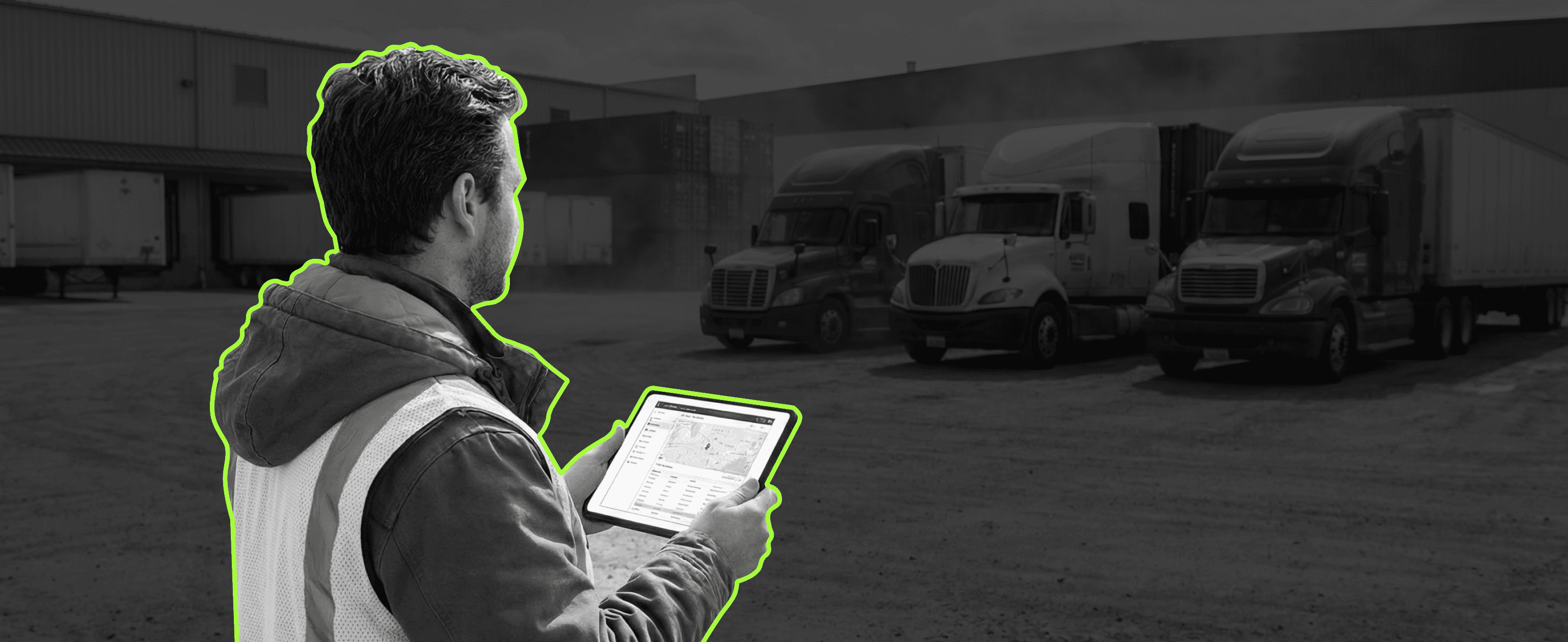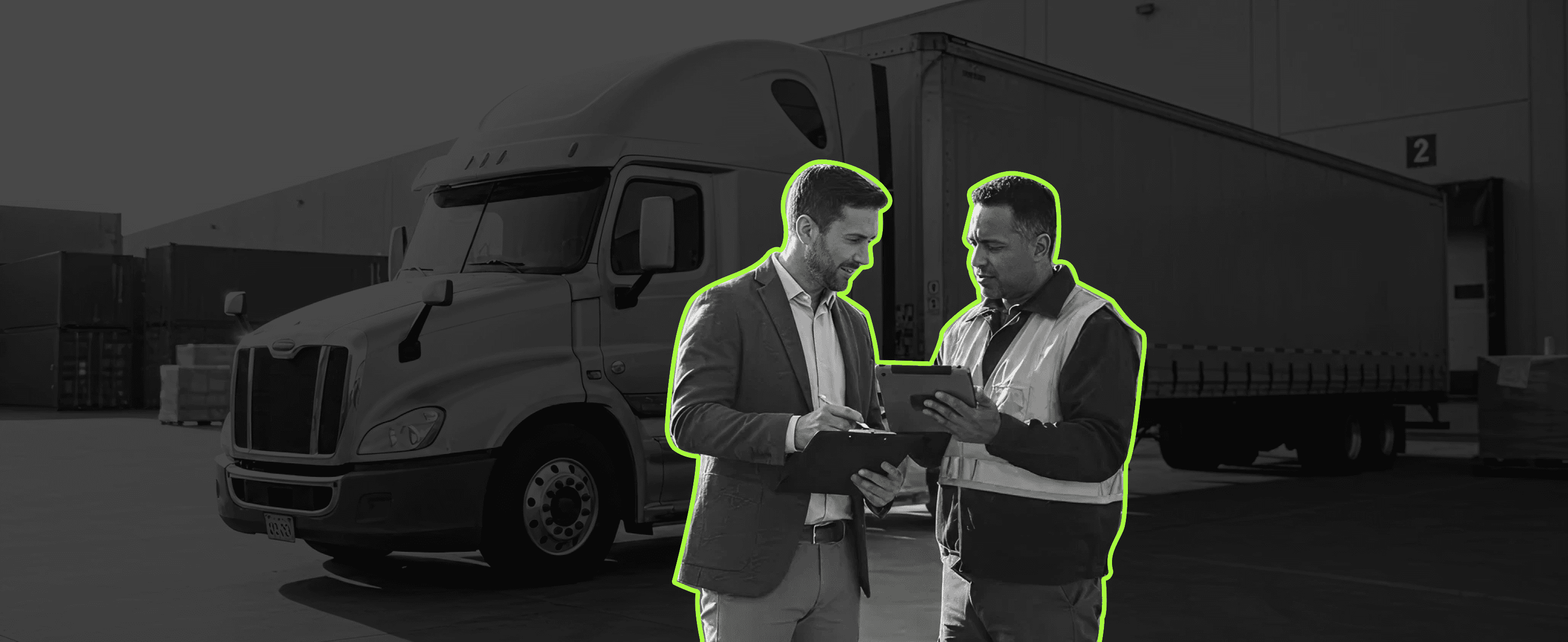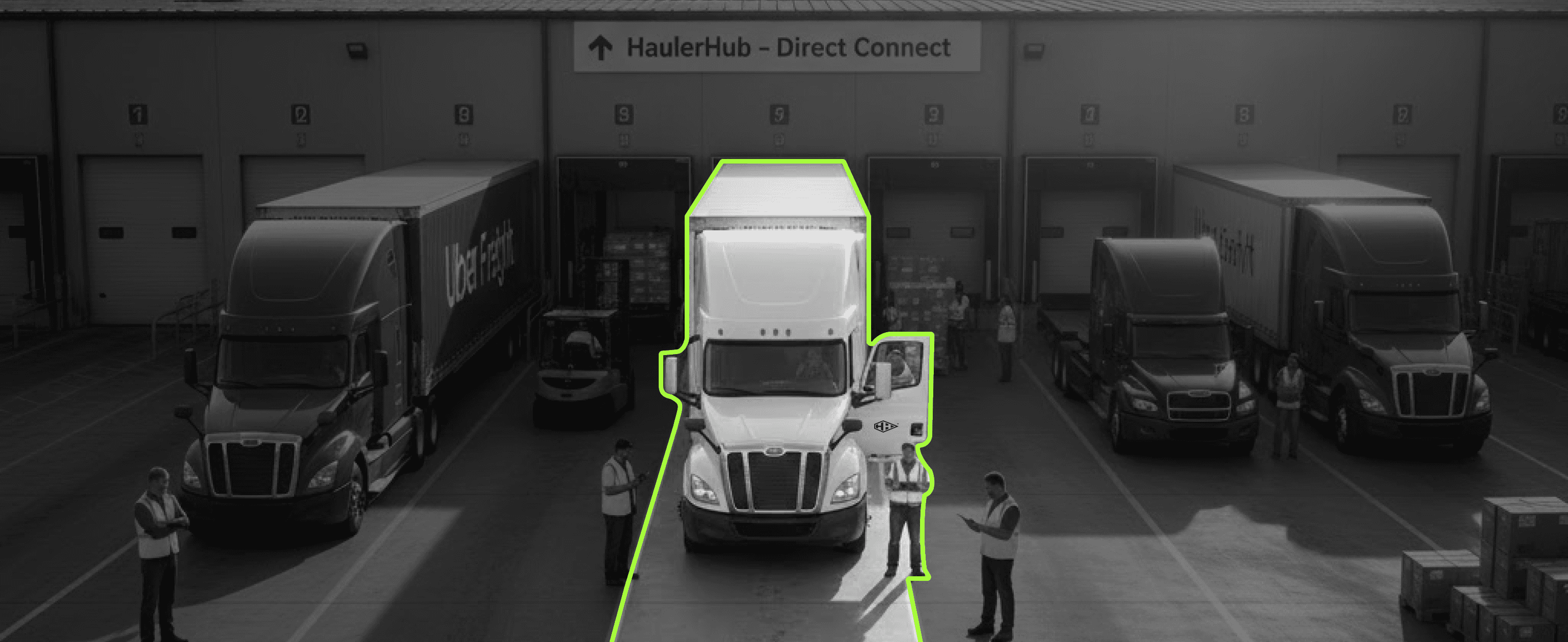Feb 25, 2025
Scroll to explore
Picture this: It's 4:45 PM on a Friday, and your logistics dashboard is lighting up like a Christmas tree. Three drivers are stuck in unexpected construction zones. Six premium customers are demanding same-day delivery updates. And your CEO just forwarded you an angry email about rising fuel costs – again. Sound familiar?
You're not alone. While everyone talks about "solving the last mile problem," most logistics managers are quietly drowning in a sea of missed delivery windows, skyrocketing operational costs, and customer complaints. The truth? Traditional approaches to last-mile delivery challenges aren't just failing – they're actively holding your business back.
But here's the good news: the game is changing. Forward-thinking logistics providers are unlocking breakthrough delivery solutions that turn these headaches into opportunities. Imagine cutting your delivery delays by 47%, slashing fuel costs by a third, and turning angry customers into brand advocates – all while scaling your delivery operations.
In this comprehensive guide, we'll reveal the 10 most critical last-mile delivery challenges that are secretly sabotaging your success, plus the game-changing strategies top performers are using to overcome them. Whether you're handling 50 deliveries a day or 5,000, these insights will transform how you approach the final leg of your supply chain.
The Hidden Complexities of Modern Last-Mile Logistics
The last leg of the delivery journey has transformed dramatically, presenting logistics companies with unprecedented challenges. While many focus on surface-level issues, the real complexity lies in the interconnected nature of modern delivery operations.
Emerging Market Dynamics
Today's logistics sector faces unique pressures from rapid urbanization and changing consumer behaviors. Delivery drivers navigate increasingly complex urban environments, while logistics providers struggle to maintain delivery efficiency amid rising operational costs. The challenge isn't just about getting packages to their destination – it's about orchestrating a symphony of moving parts in an ever-changing landscape.
Supply Chain Interdependencies
The ripple effects of last-mile delivery challenges extend throughout the entire logistics and supply chain network. When delivery delays occur in the final mile, they can trigger a cascade of disruptions affecting everything from warehouse operations to inventory management. This interconnectedness makes solving the last mile problem particularly complex.
Beyond Traditional Urban Congestion

Think of your delivery process like water flowing through a city. Just as water finds new paths when traditional routes are blocked, modern last mile logistics must adapt to an increasingly complex urban landscape. Have you considered how much these new obstacles are really costing your operation?
Micro-Mobility Zones
Picture your delivery fleet as a symphony orchestra – each vehicle type playing its unique part in the delivery logistics concert. According to recent studies, cities with micro-mobility zones have seen a 43% reduction in delivery-related congestion when implementing hybrid delivery approaches. The challenges of last-mile delivery in these zones require a new playbook:
Action Step:
Audit your fleet composition. Are you still trying to deliver everything with full-size vans when 60% of your packages could be handled by cargo bikes or small EVs?
Implementation Tip:
Start with a pilot program in one micro-mobility zone. Companies that test small-scale first report 31% faster full deployment success rates.
Cost Impact:
Early adopters of mixed-fleet strategies report a 27% reduction in per-package delivery costs in restricted zones.
Infrastructure Evolution
Smart cities are like living organisms, constantly evolving their circulatory systems. The last-mile problem has become more complex as 78% of major urban centers now employ dynamic pricing and restricted zones. How would your current routing strategy handle a sudden congestion charge increase or a new environmental zone designation?
Quick Win: Implement a three-tier zone classification system for your delivery areas:
Green Zones: Unrestricted access
Yellow Zones: Time-restricted access
Red Zones: Special vehicle requirements
The New Economics of Failed Deliveries
Here's a sobering statistic: Each failed delivery attempt costs an average of $17.20 in direct expenses and lost productivity. But like an iceberg, this visible cost masks a much larger problem lurking beneath the surface.
Resource Capacity Impact
Imagine your delivery fleet as an airline – every missed connection creates a cascade of disruptions. Studies show that a single failed delivery can impact up to 7 subsequent deliveries in the same route. To improve the last mile delivery success rate:
Immediate Action:
Implement a pre-delivery confirmation system (reduces failed attempts by 29%)
Resource Management:
Create a flexible capacity buffer of 15-20% for high-density routes
Proof of Delivery Innovation:
Use AI-powered photo confirmation to reduce disputes by 64%
Customer Lifetime Value
Did you know that 48% of customers will switch to a competitor after just two failed delivery attempts? In the age of contactless delivery and instant gratification, every delivery experience shapes future buying decisions.
Value Preservation Strategy:
Implement automated recovery protocols for failed deliveries
Offer immediate rebooking through your logistics platform
Provide compensation options that encourage future purchases
Reimagining Customer Expectations
The modern customer journey is like a GPS system – constantly recalculating based on real-time conditions. How agile is your delivery options menu?
Preference-Based Routing
Consider this: Companies using preference-based delivery scheduling report a 67% reduction in failed first attempts. The key is thinking of your delivery logistics like a restaurant reservation system:
Implementation Checklist:
Allow customers to specify preferred time windows
Offer alternative delivery locations
Enable last-minute rescheduling options
Integrate with smart home systems for secure delivery
Real-Time Adaptability
Just as a skilled chef can modify a recipe on the fly, your delivery system must adapt to changing conditions. Companies with real-time adjustment capabilities report 34% higher customer satisfaction scores.
Innovative Approaches to Route Optimization
Think of modern route optimization like a game of chess – success requires thinking several moves ahead while maintaining flexibility to adapt to your opponent's moves.
Weather-Responsive Routing
Did you know that adverse weather conditions account for 23% of delivery delays? Leading companies are now using predictive weather data to:
Adjust delivery windows proactively
Reroute vehicles around weather systems
Modify proof of delivery requirements based on conditions
Dynamic Load Balancing
Consider your delivery fleet like a computer network – constantly redistributing workload for optimal performance. Companies using dynamic load balancing report:
28% reduction in empty vehicle miles
41% improvement in on-time delivery rates
19% decrease in fuel consumption
The Rise of Hybrid Delivery Models
The future of delivery is like a Swiss Army knife – multiple tools working together to handle any situation. How many delivery methods does your operation currently employ?
Multi-Modal Integration
Leading companies are combining traditional delivery methods with innovative approaches:
Crowdsourced delivery for peak demand periods (reducing costs by 32%)
Automated locker systems for 24/7 access (improving first-attempt success by 91%)
Micro-fulfillment centers for rapid urban delivery (cutting last-mile costs by 47%)
Flexible Fulfillment Networks
Think of your fulfillment network like a spider's web – strong yet adaptable. Companies with flexible networks report:
52% faster response to disruptions
38% lower emergency rerouting costs
63% improvement in same-day delivery capabilities
Conclusion: Mastering Tomorrow's Last Mile
As the last-mile delivery industry continues to evolve, success depends on embracing innovative solutions while maintaining operational excellence. The challenges outlined here represent both obstacles and opportunities for logistics providers ready to adapt and grow.
Want to stay ahead of the latest developments in last mile delivery trends? Explore HaulerHub's other blog articles for expert insights and innovative solutions that can help you master your logistics operations.
Checkout other blogs

Stay ahead of the supply chain.
Break free from costly and complex systems. Sign up with HaulerHub now and make shipping a breeze.




